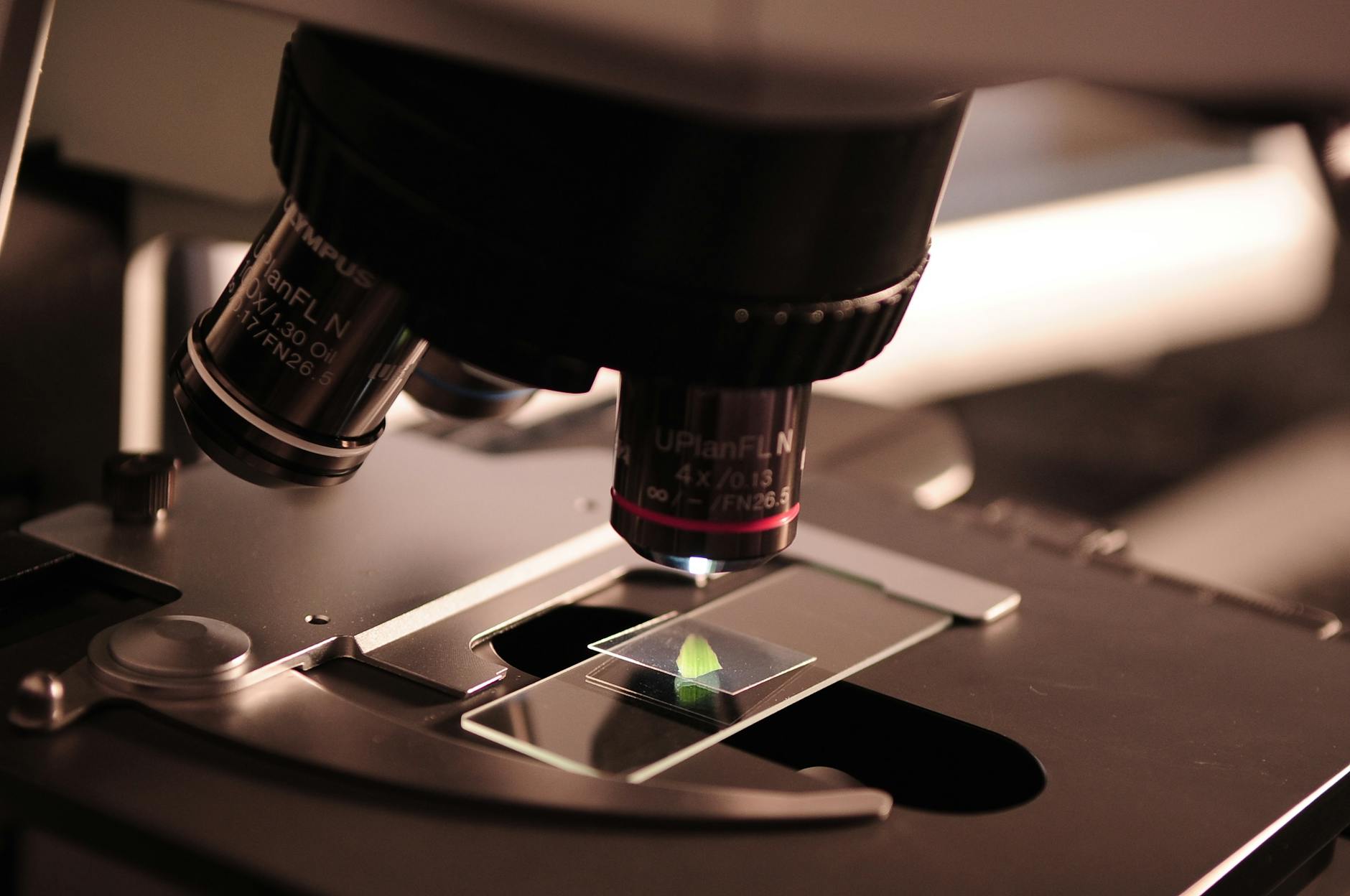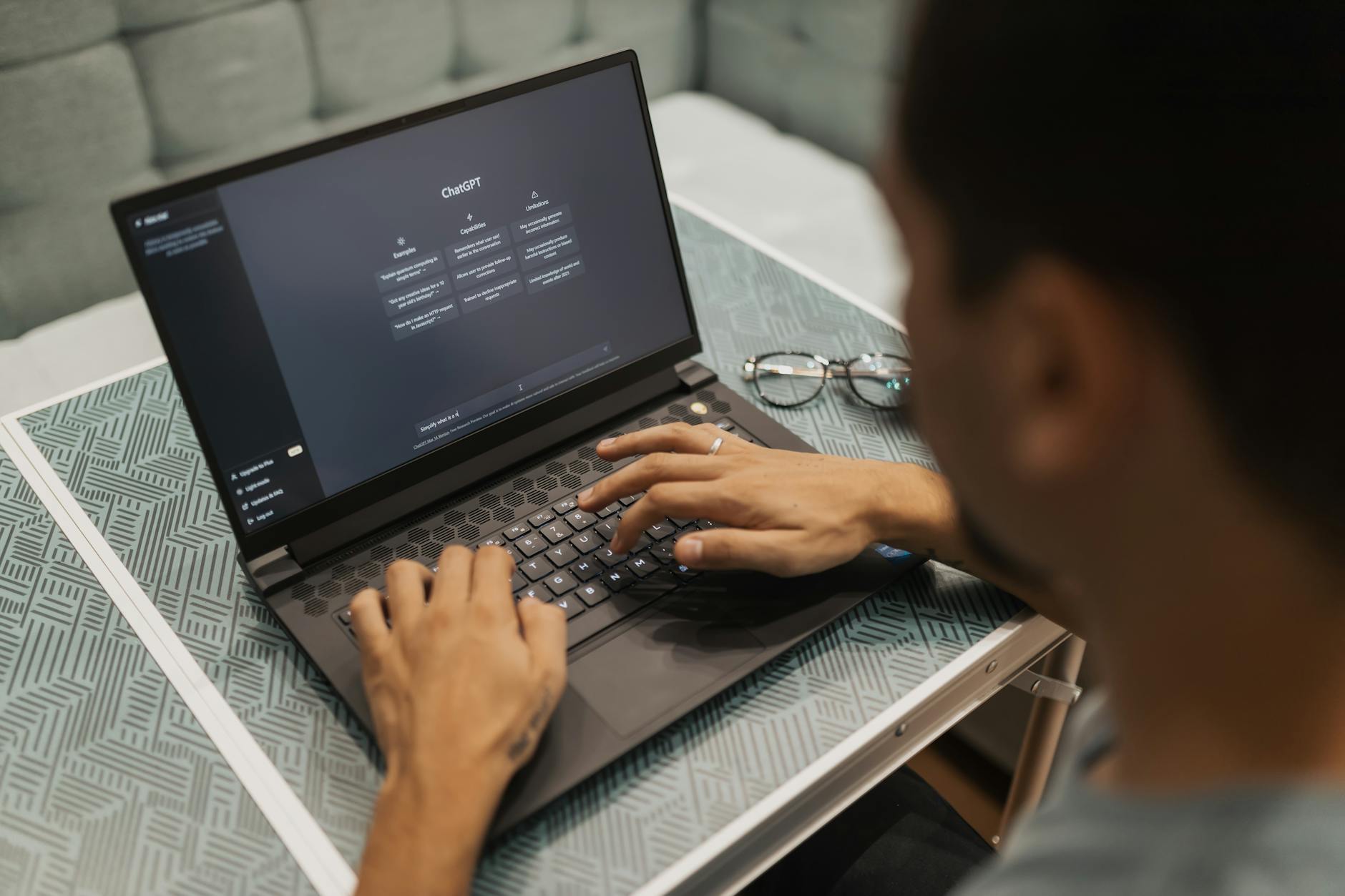Why Australian Teachers Are Embracing Creative Technology Solutions

Innovative Teaching Methods
Interactive Classroom Experiences
Engaging students today demands a more creative approach, and technology is the key to unlocking new possibilities in the classroom. As an innovative classroom facilitator in Sydney, I’ve seen the transformative power of hearing loop systems in creating inclusive environments, especially around the educational institutions near the University of Sydney campus. By ensuring all students can participate actively, we cultivate diverse learning experiences that cater to everyone’s needs.
Gamification in Education
Gamification has become an essential part of modern teaching. By integrating mesh radios into our education strategies, we can create interactive experiences that mimic real-world scenarios. These devices foster teamwork and problem-solving skills as students engage in game-like activities. The connectivity and adaptability of such technology keep students motivated and eager to learn more, irrespective of the subject.
Real-World Problem Solving
Applying technology to tackle real-world issues is instrumental in developing students’ critical thinking and creativity. Tools like paging systems can be utilised to simulate real-life challenges, encouraging students to collaborate and find solutions efficiently. Such systems allow seamless communication during collaborative projects, making them invaluable in a classroom setting. By nurturing a problem-solving mindset, we prepare our students to tackle future challenges head-on.
In essence, these technology-driven methods not only breathe new life into teaching but also prepare our students for the future. Blending tech with creativity within educational spaces, especially in Sydney, helps students develop skills that extend beyond books. By embracing these innovative tools, we pave the path for a forward-thinking generation.
Digital Tools for Engagement
Virtual Reality in Lessons
Virtual reality (VR) has become an essential tool for engaging students by offering immersive educational experiences. While exploring subjects like history or biology, students can virtually visit ancient civilisations or explore the human body in 3D. The interactive exhibits at the Powerhouse Museum in Sydney showcase similar VR experiences, which provide excellent inspiration for classroom learning environments. Educators in Sydney are increasingly utilising VR to create these memorable and engaging lessons, enriching the traditional curriculum and captivating students' attention.
Augmented Reality Applications
Augmented reality (AR) applications provide an innovative approach to integrating digital elements into real-world environments, enhancing the learning process. With AR, educators can overlay information or graphics onto physical objects, creating dynamic learning experiences that captivate and motivate students. Whether it’s turning a simple object into an interactive model or bringing textbook illustrations to life, AR encourages active participation and inspires creative thinking. This versatile technology has become an integral part of many Sydney classrooms, pushing the boundaries of conventional teaching.
Multimedia Resources Utilization
The integration of multimedia resources, such as data projectors and av cables, has revolutionised how subjects are taught. Teachers can now seamlessly incorporate videos, animations, and interactive content into their presentations, making complex topics more accessible and understandable. Whether it's demonstrating a scientific principle or showcasing global cultures, multimedia resources enrich the classroom experience by catering to a variety of learning styles and preferences. The use of digital tools not only enhances engagement but also fosters a forward-thinking approach among students, preparing them for a technology-driven world.
Fostering Collaboration Skills
Online Collaboration Platforms
Incorporating online collaboration tools in the classroom can revolutionise the way students work together and improve their teamwork capabilities. With platforms enabling real-time collaboration, students can work on projects seamlessly, regardless of their physical location audio equipment. This is particularly useful in fostering a collaborative learning environment similar to the dynamic settings found at interactive exhibits at the Powerhouse Museum. By using tools like Google Workspace or Microsoft Teams, educators can assign projects that require students to engage actively and contribute equally, ensuring every voice is heard.
Enhancing Team Projects
When it comes to team projects, technology offers a wealth of resources to encourage creativity and innovation. By integrating a motorised projector screen in the classroom, educators can display project work dynamically, allowing students to present their ideas more effectively. This mirrors the approach seen in technology hubs like Surry Hills, where interactive presentations are the norm. Incorporating components like shared online boards and multimedia presentations helps illustrate points vividly and keeps students engaged.
Peer-to-Peer Feedback Systems
Finally, peer-to-peer feedback systems are instrumental in improving student outcomes by facilitating constructive criticism and iterative learning. Digital platforms like Padlet or Trello allow students to provide feedback to their peers in a structured manner. This not only enhances learning outcomes but also cultivates a sense of accountability and critical thinking. As seen in classrooms around the University of Sydney campus, such systems encourage students to view feedback as an integral part of the learning process, fostering a mindset that is forward-thinking and open to continuous improvement.
Overcoming Implementation Barriers
Training for Effective Use
To effectively harness the capabilities of educational technology, quality training is essential for educators. Tailored workshops and hands-on sessions can equip teachers with the skills necessary to operate tools like universal remote systems and other devices. These training sessions should be designed to foster comfort and proficiency in integrating tech into everyday lessons, empowering educators to explore innovative teaching methods. Additionally, creating a support network among teachers can help in sharing best practices and troubleshooting common issues.
Addressing Technological Gaps
Bridging the technological divide is crucial, particularly in districts where resources may be limited. It's important to ensure that every classroom has access to essential tools, from basic IT infrastructure to more advanced equipment like ptz cameras. Partnerships with local technology firms or educational charities can aid in providing the necessary resources. This strategy not only brings advanced learning tools within reach but also ensures that students from all backgrounds have equal opportunities to benefit from technological advancements.
Facilitating Access for Remote Learners
Ensuring robust access to educational resources for remote learners is another pressing concern. This can be achieved by leveraging cloud-based platforms and scalable solutions, which enable seamless learning regardless of geographical constraints. By making content available through secure online platforms, students can stay engaged even when physical attendance isn’t possible. Facilitating interactive and engaging remote learning experiences can help maintain continuity and enthusiasm in education, bridging the gap between home and school environments.
Best Practices
Seamless Tech Integration
In our vibrant educational landscape, particularly around places like the University of Sydney, it's important to weave technology into our teaching without disrupting natural learning flows. Using platforms like Google Classroom or Microsoft Teams as a single hub can streamline communication and access to resources. These tools, when utilised effectively, bring organisation and ease, allowing us to focus on fostering creativity. At the Powerhouse Museum, for example, interactive exhibits inspire ways we can use tech to create cohesive learning experiences.
Adapting to Diverse Needs
Each learner is unique, with different strengths and preferences. As educators, we must adapt technologies to complement these differences. In Sydney's technology hubs such as Surry Hills, there's a growing emphasis on personalisation in tech solutions. This is where tools that cater to various learning styles, such as visual aids or hands-on digital activities, become vital. By leveraging diverse tools, whether it’s through VR enhancements or multimedia resources, we can inspire even the most reluctant learners to engage with content in meaningful ways.
Ongoing Feedback Loops
Regular feedback can transform how we apply educational technologies. Peer-to-peer feedback systems, often facilitated through digital platforms, encourage an open dialogue about what works. This allows us to refine our methods constantly and keep our approach dynamic. Continuous assessment enables us to stay responsive to student needs and implement improvements swiftly, making the learning journey more effective and engaging for all involved.


